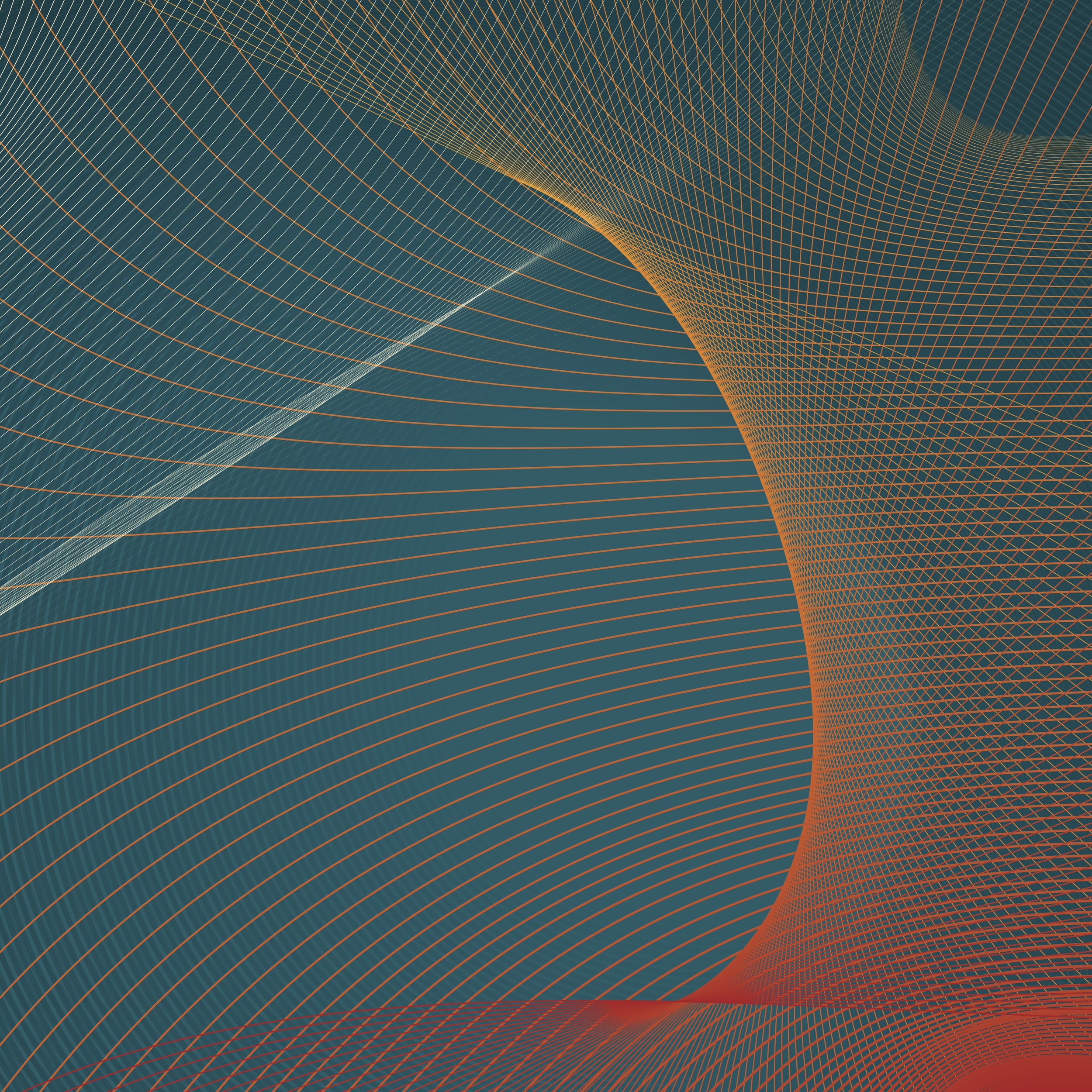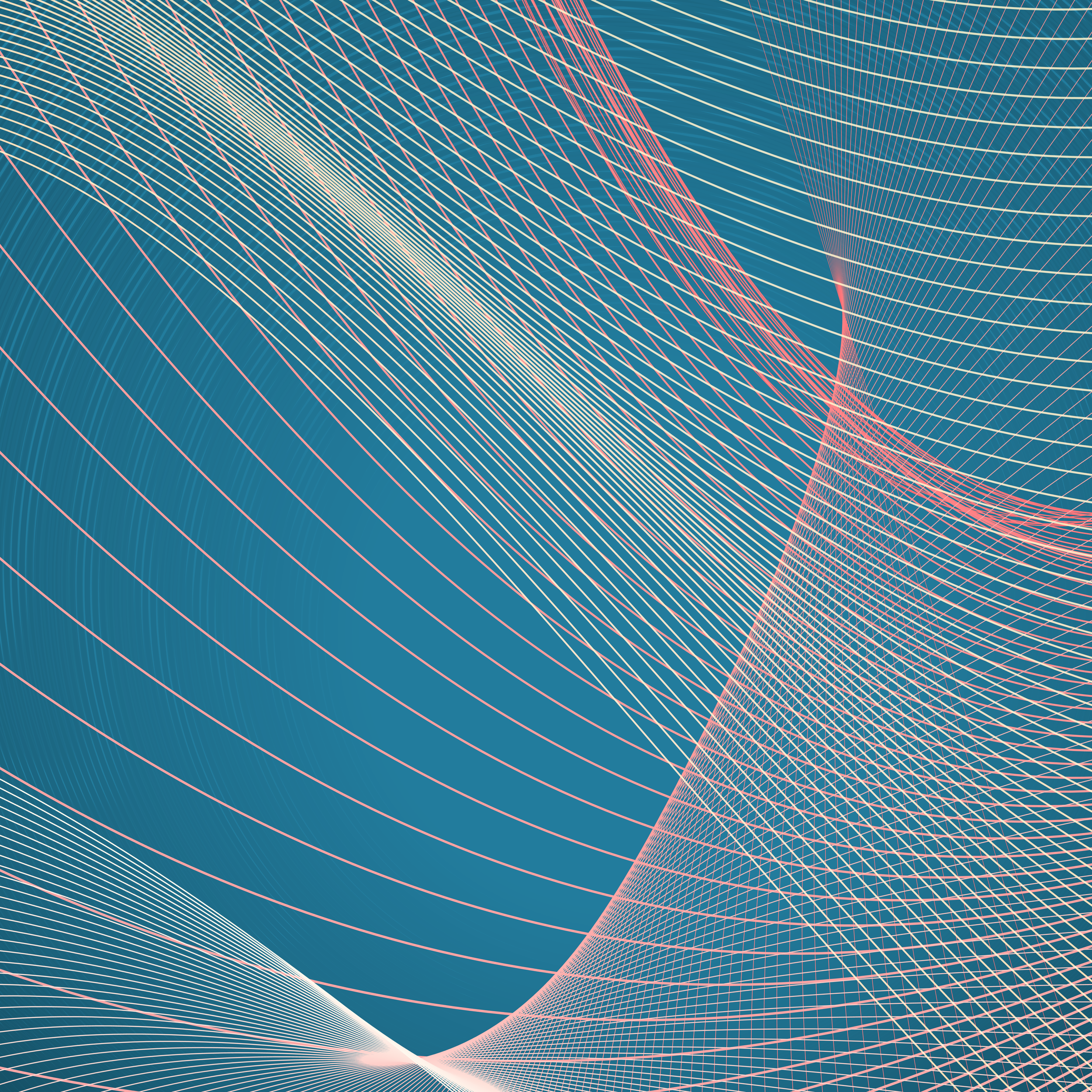JORGE LEDEZMA: DOLOR GRAVITACIONAL
Part of a series of articles & interviews released digitally that were first published in the print edition of the Bright Moments Quarterly that was distributed at Bright Moments Buenos Aires in Buenos Aires, Argentina in November, 2023.
Bright Moments: Hi Jorge! Thank you for taking the time to do this interview. What was happening in your life when you discovered the digital arts and media? Can you talk to us about that moment of discovery and your initial approach to this field?
Jorge Ledezma: I would say I had several moments of discovery. I studied architecture, and even before entering the architecture field, I had an interest in all things visual, especially related to technology. While studying architecture I took many courses at the art institute where we used very traditional media. Back then, lithography was still done on stone, etching with copper, and today it's done on acrylic. Woodcutting was done on wood, but now they do it on vinyl, for example. Then professors even frowned upon us when we used AutoCAD to draw up our plans, it had to be done with a pencil or ink pen. Everything was very manual, very traditional.
My fascination with technology continued and I would go to the university's computer science lab and hack AutoCAD. At that time, AutoCAD still had AutoLISP, and I used AutoLISP not to customize AutoCAD for making doors and walls, but rather for my own creative experiments. I didn't see it as art because I had my analog artistic practice at the art institute. I also started to use the plotter mixed with other media, but again, at the time I really didn't think that could be considered art. Years passed, and Macromedia Director came along with Lingo. I used to do some weird things with those tools as well. Then came Flash with ActionScript and later I tinkered with Javascript too.
Fast forwarding in time to around 2014, I was on Instagram, and suddenly I saw something that looked a lot like the experiments I was doing on Javascript. It was something related to circle packing, and if I'm not mistaken, it was probably Tyler Hobbs’s work. I remember thinking, "This looks a bit like the experiments I'm working on," and in the hashtags, there it was: “generative”. I clicked on it and found so many things that were similar to my experiments. I came to the realization that what I had been working on was art all along, and this artform had a name, “generative art".
From that moment on I began to explore the vast history of generative art, and the artists working around it.
How does technology influence you creatively?
I feel that my medium is very closely related to the themes I explore, and my process is a result of my background.
Since I was about 10 years old, I've been fascinated by science fiction, from Star Wars to books by Isaac Asimov. Even today, I find all the themes in that genre super interesting. But about 25 years ago, when I started delving into the idea of the technological singularity, it became a kind of obsession. I view the technological singularity with a mix of respect and enthusiasm, but also anxiety and suspicion. I feel that humanity can take various paths; some I see optimistically, but others I view with caution.
Can you share what you are working on for your upcoming project with Bright Moments in Buenos Aires?
I always like to take the dimension of feelings, societal observations, or internal and intimate experiences, and make connections with natural phenomena explained scientifically.
The series that I'm releasing through Bright Moments is called Dolor Gravitacional (Gravitational Pain). In this project, I draw an association between the gravitational forces in space and the emotional gravitational forces experienced on a human level. At that time of creating this project, I was thinking of gravitational forces as a destructive agent. Mars’ moons, Phobos and Deimos, will soon, on a cosmic scale within 30-50 million years, be torn apart by gravitational forces and become rings. So, Mars will also have rings. The idea is that these gravitational forces, this strong attraction, deforms you, deforms your personality, deforms your way of acting, deforms who you are, just by being close to that other person.
Dolor Gravitacional is a bit like that…when you can't help the strong attraction to someone who makes you stop being who you are. These associations may sometimes feel absurd, but it's the way in which I am able to explain what I feel or how I try to understand things I feel.
How does generative art support your creative process?
Coming from an architecture background, I was one of those architects who went down to the millimeter. I wasn't satisfied with measurements in centimeters. I used millimeters because I was obsessed with detail and control. It frustrated me a lot when things weren't executed as I wanted when they were built.
Generative art frees me from that frustration. I set the parameters to work in between a range. Whatever happens inside those lines is fine. And in not having that final control, instead of having the unpleasant surprise that the code had not executed an outcome as I wanted, I have the pleasant surprise that, by not doing it exactly as I expected, interesting new things arise. For me, this process is the complete opposite from architecture, and that really attracted me to this practice.
You exhibited Brise Soleil at Bright Moments in Venice Beach about a year ago in September 2022. How was this experience for you, and what are your expectations for Buenos Aires?
Exhibiting Brise Soleil with Bright Moments as a solo show in Venice Beach was an important moment for me both personally and in my career. Brise Soleil is a bit nostalgic for me because I was drawing from my experience studying architecture in Brasília, and incorporating elements of modernist architecture. Brasília is very modernist in that sense.
Brise Soleil also uses latitude, facade orientation, and the date and time of the device where you're viewing it to project shadows in real time. This takes you to a place and a moment, bringing you into the here and now. The concept of “here and now” is something that therapists and meditation practitioners use to prevent or minimize depression and anxiety. Depression is living in better times that have already passed. Anxiety is being overly fixated on the future. Instead of living in the past or future, we need to concentrate on the here and now. Brise Soleil invites people to pay attention to the slow movement of shadows. In doing that visually, it’s very focused on drawing the viewer into the here and now.
I have wonderful memories of Buenos Aires. The work I’m presenting is a series I started to work on back in 2018, but never released. When I found out that Bright Moments was coming to Buenos Aires, I thought "This is the project". In terms of the theme for Dolor Gravitacional, and its conceptual development, this project evokes a different feeling from the city. However, aesthetically, certain visual aspects in this collection resemble the works of Eduardo Mcentyre, an Argentinian pioneer of generative art. It seemed very appropriate to pay tribute to one of the fathers of generative art and Latin American generative art via this project.
I really feel very fortunate to be sharing the stage with all these tremendously talented artists and doing something that, in a way, pays homage to a great artist from Argentina.




